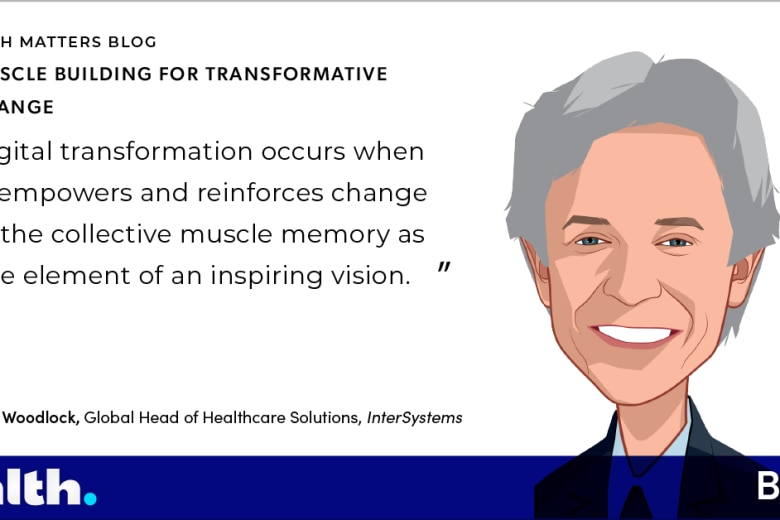I visited Bangkok not long ago to tour several of the city’s leading private hospitals. I was deeply impressed by their innovations and strong commitment to delivering a great patient experience. But despite these hospitals all using the same EMR system, I saw a vast discrepancy in the clinician experience and perception of their EMR software.
My observations are consistent with the research findings of KLAS’ Arch Collaborative, an initiative to listen to feedback from clinicians around the world regarding their EMR experience and then work together to improve that experience. That feedback shows a 43 percent overall dissatisfaction rate with the EMR experience; that certainly leaves quite a bit of room for improvement.
In the Arch Collaborative findings and the event that accompanied them, KLAS discussed 3 key factors for EMR satisfaction that had emerged from the data: education, personalization, and organizational culture. We weren’t surprised to learn that on average, the range of satisfaction with the same EMR swings 70 percent from highest to lowest, reinforcing the point that software itself is just one small part of a much larger equation.
The Arch Collaborative data identifies initial EMR training as the top predictor of EMR user success, with the effects of poor initial training remaining with users for years after they go live. And organizations that require newly hired physicians to complete more than six hours of training see significantly higher satisfaction.
The KLAS data also shows that use of personalization settings has a dramatic effect on the user experience, yet fewer than half of the personalization options that users have are actually being utilized. Leadership from high-performing organizations report that good EMR governance is key to their success. In my experience, engagement from these very same executives and senior leadership is critical.
I am often surprised to see how distorted an organization’s view of its EMR usage can be. As part of the EMR optimization work that InterSystems does with our customers through the TrakCare Advance program, we help identify the gaps between current EMR usage and desired outcomes and make recommendations for making it easier and more rewarding for clinicians to use the system.
We have found that tools such as statistical dashboards that measure actual system usage by clinicians, surveys of clinical end-user perceptions, shadowing of clinicians, and regular training sessions are useful for uncovering opportunities for improvement and often turn up surprising findings. We have incorporated these capabilities into the TrakCare Advance program to help our customers to uncover opportunities for improvement.
TrakCare Advance can be initiated at least six months after initial go-live, and should certainly be considered in situations where a TrakCare upgrade is planned.
It is also important to identify “quick wins” to keep clinicians engaged in the ongoing process of improvements. Executing those changes quickly remind people that participation delivers payoffs and will help to build confidence within the organization that more complex, slower changes will also be worth the effort.
The EMR offers tremendous value and the clinician experience is at the heart of unlocking that potential. I encourage all healthcare organizations to consider participating in the Arch Collaborative to harness the feedback of your clinicians, share best practices with others, and benchmark your performance.
For more information about the Arch Collaborative, visit https://klasresearch.com/arch-collaborative.






































